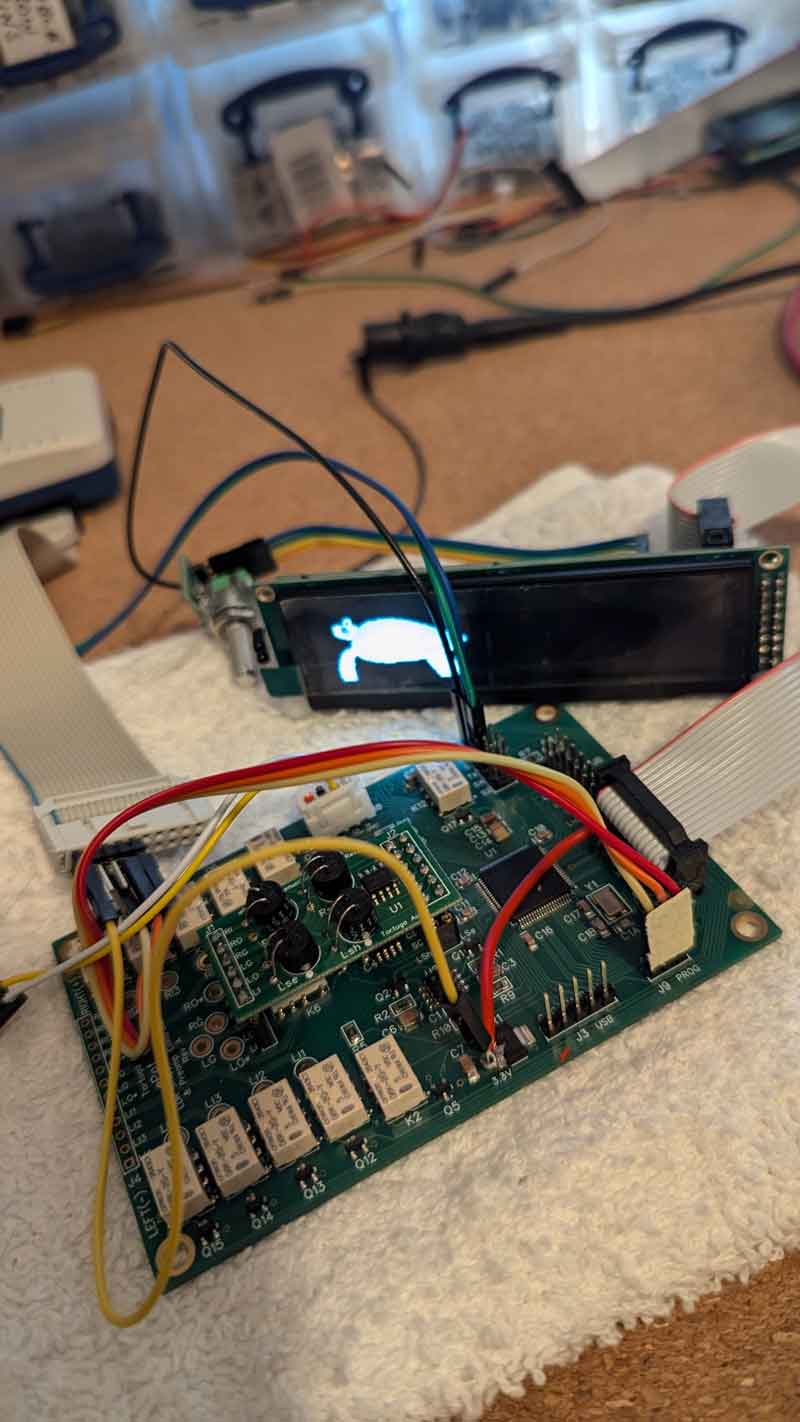
I’ve managed to chew up both July and August since my last update on the V4 so it’s due time for an update on the update.
Short version – the V4 is not ready yet.
Longer version. But it’s almost ready and I’m all but 100% certain that I will have production hardware in hand in October.
Elaborate version. As you may recall, I realized back in June that I would have to abandon using the Raspberry Pi Pico RP2040 microcontroller for the V4. Why? Because the Pico simply didn’t have enough pins for the job. Should I have known that going in? Perhaps. But development is a dynamic process and it teaches humility whether you like it or not.
Once I realized I had run out of micro real estate, I switched back to using an STM32 microcontroller albeit a newer and more powerful version that I had used in the V3. Fortunately, with the passage of time, the STM32 chips were finally widely available again after the Covid chip drought of 2020-2023.
With that decision made, I also made the decision to abandon the STM32 integrated development environment (IDE) software I’d used previously and adopt something that didn’t involve writing $1500 checks each year to a software company nor adopting a proprietary vendor toolset that would lock me into any particular vendor. Yes, that’s right, I was going rogue. And that meant an entire new IDE system for C/C++ embedded application development.
And that’s what I did for the entire month of July. I sorted through several free-to-low-cost IDE options, tried them out, cursed them out, flailed around a lot, cursed some more, and finally settled on one that sucked the least. If you have had any exposure to the world of embedded microcontroller IDEs, you know what I’m talking about. IDE’s mostly suck. Except when they don’t and make it possible to code, compile, upload, and debug your software in real time on actual hardware. But until you get one to work properly it’s a special kind of hell getting up each day and breaking your pick on the same rock day after day only to realize you’ve burned up the whole month of July simply getting your tool to work. But I did get it to work…finally.
In August I finally made actual progress bringing up the revised V4 board with the new STM32 chip. Except for one particular bug which seemed to defy gravity until I realized I had shot myself in the foot by installing too small a EEPROM memory chip that kept overwriting its data because there wasn’t enough memory space for what I was using it for. Only took 2 weeks to sort that out. More of that humility being taught again.
So what’s left to do? I’d like to believe it’s mostly just clean-up and fine tuning but we shall see. Most of the code is mature and stable at this point but the LDR calibration coding has been substantially revised and updated and needs further testing. I also believe the V4 hardware/board is only 1 iteration away from final with only minor tweaks needed between the current prototype and the production version.
If all goes well, I’ll be placing an initial order for production boards later in September and have the first batch of production boards in hand by October. If all goes well.
Oh, and the new optional linear power supply and optional active buffer boards are both pretty much done as well. Those both use 100% conventional analog parts with no microcontrollers – easy peasy – kind of.
Cheers,
Morten